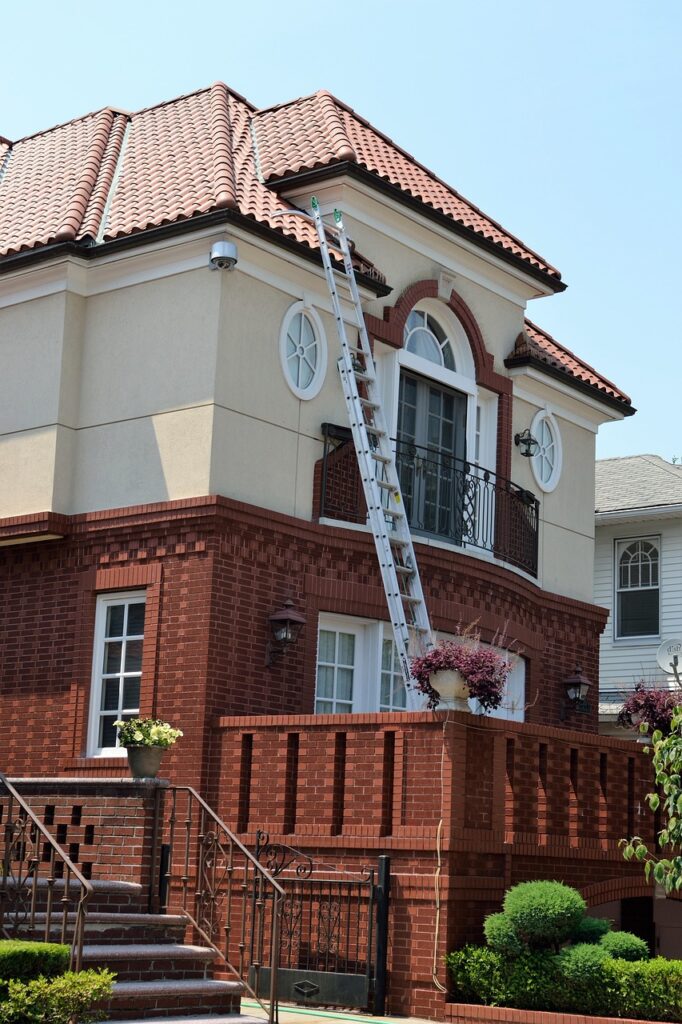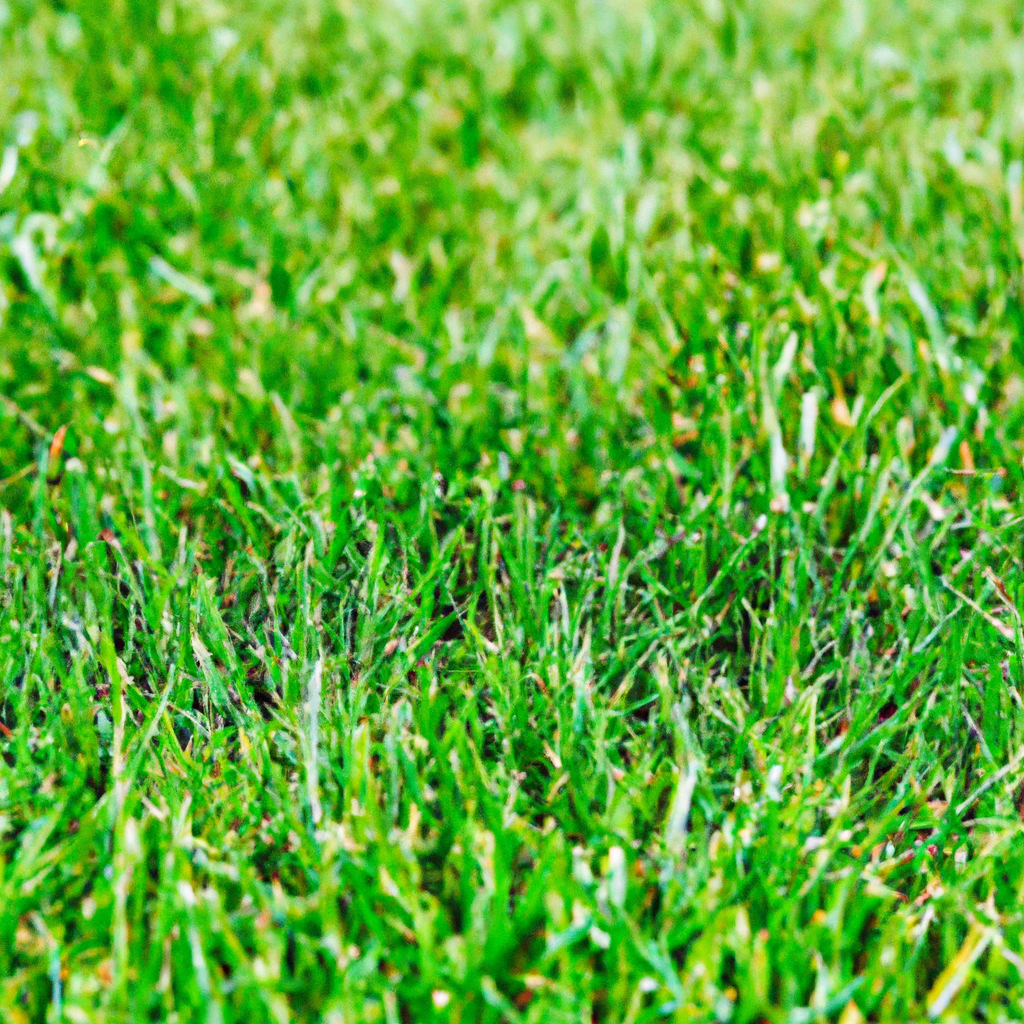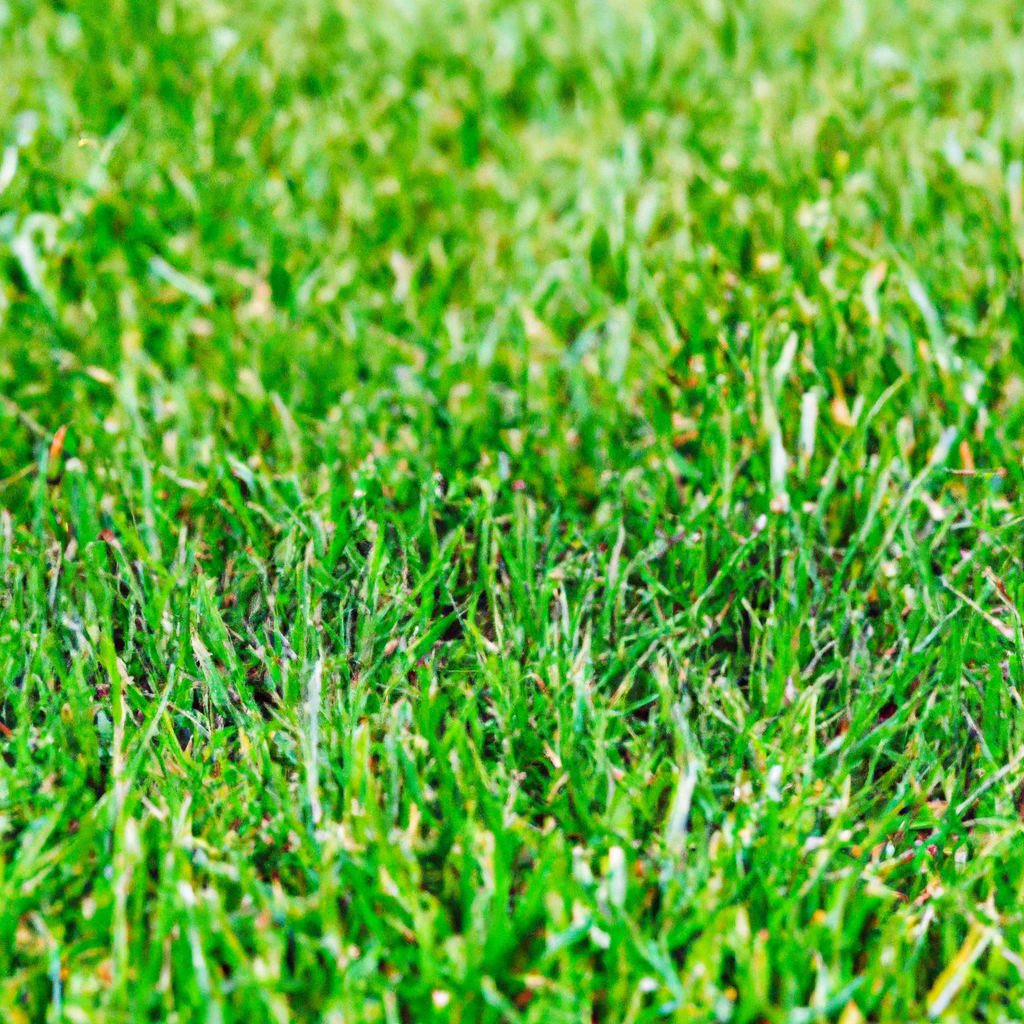Is your yard looking a little worse for wear? If you’ve noticed patchy areas in your turf, don’t worry – there are simple solutions to restore its lush greenery. In this article, we’ll guide you through the steps to repair and revive those unsightly bare spots in your yard. With just a little bit of TLC, your turf will be back to its vibrant and healthy state in no time.
Identifying the Problem
Examining the damaged areas
When it comes to repairing patchy turf in your yard, the first step is to identify the problem areas. Take a walk around your yard and carefully examine the damaged areas. Look for patches of grass that are thin, bare, or discolored. These areas may indicate an underlying issue that needs to be addressed.
Determining the cause of patchy turf
Once you have identified the problem areas, the next step is to determine the cause of the patchy turf. There are several factors that can contribute to the decline of your lawn, such as poor soil quality, compacted soil, lack of sunlight, and improper watering. By understanding the root cause of the problem, you can implement the appropriate solutions to revive your patchy turf.
Preparing the Soil
Removing debris and weeds
Before you can start repairing your patchy turf, it is important to clear the damaged areas of any debris and weeds. Remove any leaves, sticks, or rocks that may be covering the soil. Additionally, pull out any weeds that may be competing with your grass for nutrients and space. This will ensure a clean and optimal environment for your turf to grow.
Loosening compacted soil
Compacted soil can hinder the growth of your grass roots and prevent water and nutrients from reaching them. To address this issue, you can use a garden fork or a core aerator to loosen the soil. Simply insert the tool into the ground and gently lift and twist to break up compacted soil. This will improve drainage and allow your grass to establish healthy roots.

Choosing the Right Grass Seed
Researching suitable grass types
When selecting grass seed to repair your patchy turf, it is important to consider the specific needs of your yard. Research different grass types to find ones that are suitable for your climate and yard conditions. Some grasses thrive in sunny areas, while others are more tolerant of shade. By choosing the right grass type, you can ensure that your repaired lawn will thrive.
Considering climate and yard conditions
In addition to researching suitable grass types, it is crucial to consider your climate and yard conditions. Take into account factors such as the amount of rainfall, temperature range, and sun exposure in your area. Certain grasses are better suited to hot and dry climates, while others are more resilient in cooler temperatures. Evaluating your yard conditions will help you make an informed decision when it comes to choosing the right grass seed.
Seeding the Patchy Areas
Preparing the seedbed
Before you can sow the grass seed, it is important to prepare the seedbed in the patchy areas. Start by raking the soil to create a smooth and level surface. This will help ensure even distribution of the grass seed and promote proper growth. Be sure to remove any rocks or large clumps of soil that may interfere with the seeding process.
Spreading the grass seed evenly
Once the seedbed is prepared, it’s time to sow the grass seed. Use a handheld spreader or a broadcast spreader to evenly distribute the seed over the patchy areas. Follow the recommended seeding rate provided by the manufacturer to ensure proper coverage. After spreading the seed, lightly rake the soil to lightly cover the seeds with a thin layer of soil.

Applying Fertilizer
Choosing the appropriate fertilizer
Applying fertilizer to your newly seeded areas can provide the necessary nutrients to promote healthy growth. It is important to choose the appropriate fertilizer for your specific grass type and soil conditions. Look for a balanced fertilizer that contains nitrogen, phosphorus, and potassium, as well as other essential micronutrients. Consider using a slow-release fertilizer for long-lasting nourishment.
Applying it properly
To apply the fertilizer, follow the instructions provided on the product packaging. Most fertilizers can be applied using a spreader, which helps ensure even distribution. Avoid applying too much fertilizer as it can burn the newly seeded areas. It is also important to water the fertilized areas immediately after application to activate the nutrients and prevent potential burning.
Watering the Seeded Areas
Establishing a watering routine
Watering is vital for the successful germination of the grass seed and the establishment of healthy roots. After seeding the patchy areas, establish a regular watering routine. Water the seeded areas daily for the first few weeks, keeping the soil consistently moist but not saturated. As the grass begins to grow, gradually decrease the frequency of watering while increasing the amount of water applied each time.
Avoiding overwatering
While water is essential for the growth of your newly seeded areas, it is important to avoid overwatering. Overwatering can lead to shallow rooting and increased susceptibility to disease. To determine if your grass needs watering, feel the soil about an inch below the surface. If it feels dry, it’s time to water. Adjust your watering schedule as needed depending on the weather conditions and the growth of your grass.

Mowing and Maintenance
Proper mowing techniques
Once your newly seeded areas have reached a height of 3-4 inches, it’s time to mow. Set your mower to a height of 2-3 inches and make sure the blades are sharp to prevent tearing or damaging the young grass. Avoid mowing when the soil is wet to prevent compacting the soil. Additionally, be mindful of the amount of grass you’re removing with each mow, as cutting too much at once can stress the grass.
Regular upkeep and monitoring
To maintain the health of your repaired patchy turf, regular upkeep and monitoring are necessary. This includes removing any weeds that may emerge, carefully inspecting the grass for signs of pests or disease, and addressing any issue promptly. Regularly aerating the lawn and overseeding as needed will also help promote healthy growth and prevent future patchiness.
Dealing with Pests and Weeds
Identifying and treating common pests
Pests can cause significant damage to your lawn, leading to patchy areas and overall decline. Be vigilant in identifying common pests such as grubs, chinch bugs, or armyworms. If you notice signs of infestation, consider using targeted treatments like insecticides or biological control methods. Consult with a professional or local extension office for specific guidance based on your region and the type of pest.
Implementing weed control measures
Weeds can compete with your grass for water, nutrients, and space, leading to patchy areas in your lawn. To effectively control weeds, it is important to implement preventive measures and targeted treatments. Regularly mowing at the appropriate height, maintaining healthy turf, and spot treating weeds with herbicides can help keep weed populations in check. Always follow instructions and guidelines when using herbicides to avoid damage to your lawn.

Revitalizing the Overall Lawn
Aerating and overseeding the entire yard
In addition to repairing and reviving patchy areas, it is beneficial to revitalize the overall lawn by aerating and overseeding the entire yard. Aeration involves creating small holes in the soil to improve airflow, water absorption, and nutrient penetration. Overseeding helps introduce new grass seed to fill in thin or bare areas. These practices can improve the overall health and appearance of your turf.
Implementing a proper lawn care routine
To maintain a healthy and lush lawn, it is important to implement a proper lawn care routine. This includes regular mowing, watering, and fertilizing, as well as addressing any pest or weed issues promptly. By following a consistent and appropriate lawn care routine, you can prevent patchy areas from reoccurring and enjoy a vibrant and beautiful yard year-round.
Preventive Measures
Identifying potential causes of patchy turf in the future
While repairing patchy turf is essential, taking preventive measures can help avoid future issues. Identify potential causes of patchy turf, such as improper watering, compacted soil, or inadequate sunlight, and take steps to address them. Conduct soil tests, adjust watering schedules, and consider removing or trimming trees or shrubs that may be blocking sunlight to your lawn.
Taking preventive actions
In addition to addressing potential causes, it is crucial to take preventive actions to maintain a healthy lawn. Regularly fertilize your turf to provide essential nutrients, control pests and weeds through proactive measures, and aerate and overseed as needed to promote healthy growth. By being proactive and implementing preventive actions, you can minimize the occurrence of patchy turf and enjoy a vibrant and thriving lawn.
In conclusion, repairing and reviving patchy turf in your yard requires a comprehensive approach. By identifying the problem areas, preparing the soil, choosing the right grass seed, seeding the patchy areas, applying fertilizer, watering appropriately, mowing and maintaining properly, dealing with pests and weeds, revitalizing the overall lawn, and taking preventive measures, you can successfully repair and maintain a healthy and lush lawn. With patience, care, and the right strategies, you can transform your patchy turf into a vibrant and flourishing green space that enhances the beauty of your yard.
